The Bamboo Seed
Amaranth Seeds - Early Splendor
Amaranth Seeds - Early Splendor
Couldn't load pickup availability
Early Splendor Amaranth Seeds for Sale
- Quantity 200+ Amaranthus Early Splendor seeds
- USDA Zones 2-11
- Amaranth seeds
- Annual flower seeds
- Cold hardy plants
Amaranthus Early Splendor Seeds
Amaranth seeds are popular among gardeners for several reasons. Firstly, they offer an extensive range of vibrant and striking colors, including red, pink, purple, green, and yellow. This diversity allows gardeners to create visually stunning landscapes and floral arrangements. Secondly, amaranth is a versatile plant that can be grown in various climates, from tropical to temperate regions, and in different soil types.
Amaranth grown from seed is also relatively low-maintenance, with minimal watering and fertilizing requirements. Furthermore, amaranthus is an annual plant that produces a profusion of blooms over a long period, providing continuous color and interest in the garden. Lastly, it is an excellent attractor of pollinators, such as bees and butterflies, contributing to a healthy and vibrant garden ecosystem.
Growing Early Splendor Amaranthus from Seed
Growing amaranthus, also known as amaranth, can be a rewarding experience as it offers beautiful foliage, vibrant flowers, and edible leaves. Here are the general steps to grow amaranthus:
Selecting a Growing Location: Amaranthus thrives in full sun but can tolerate partial shade. Choose a location in your garden or landscape that receives at least 6 to 8 hours of direct sunlight per day. Ensure the soil is well-drained and rich in organic matter.
Sowing Seeds: Amaranthus can be grown from seeds. Sow the seeds directly into the ground after the last frost date in your region. Alternatively, you can start seeds indoors 4 to 6 weeks before the last frost and transplant the seedlings outdoors once the weather warms up. Space the seeds or seedlings according to the specific variety, usually several inches apart.
Soil Preparation: Before sowing the seeds or transplanting seedlings, prepare the soil by loosening it with a garden fork or tiller. Incorporate compost or well-rotted organic matter to improve fertility and drainage. Amaranthus prefers a slightly acidic to neutral soil pH between 6.0 and 7.5.
Watering: After planting, water the soil thoroughly to ensure even moisture. Amaranthus prefers consistent moisture but can tolerate some drought once established. Avoid overwatering, as it can lead to root rot or other issues.
Mulching: Apply a layer of organic mulch around the base of the plants to help retain soil moisture, suppress weeds, and regulate soil temperature. Straw, wood chips, or dried leaves make good choices for mulch.
Fertilization: Amaranthus generally doesn't require heavy fertilization if the soil is rich in organic matter. However, you can incorporate a balanced, slow-release fertilizer into the soil during planting or apply a diluted liquid fertilizer during the growing season if necessary. Follow the instructions on the fertilizer package for application rates.
Maintenance: Regularly remove weeds around the amaranthus plants to reduce competition for nutrients and water. Amaranthus usually doesn't require much pruning unless you want to harvest the leaves or control the plant's size.
Harvesting: For leafy varieties grown for culinary use, harvest the young and tender leaves as needed. Pick leaves from the top of the plant, allowing the lower leaves to continue growing. Flowering varieties can be enjoyed for their colorful blooms. If you wish to collect seeds, allow some flowers to mature and dry on the plant, then harvest the seed heads and collect the seeds.
Pest and Disease Control: Amaranthus is generally not highly susceptible to pests and diseases. However, keep an eye out for common garden pests like aphids, caterpillars, or slugs. If necessary, use organic pest control methods or insecticidal soap to manage infestations.
Enjoy Amaranth Grown from Seed
By following these steps, you can successfully grow amaranth plants and enjoy its attractive foliage, vibrant flowers, and potential culinary uses. Remember to consult seed packets or local gardening resources for specific information about the variety you are growing, as cultivation requirements may vary slightly between different amaranth species and cultivars.

Collections
-

All Bamboo Seeds for Sale
Our catalog of bamboo plant seeds for sale includes clumping bamboo seeds,...
-
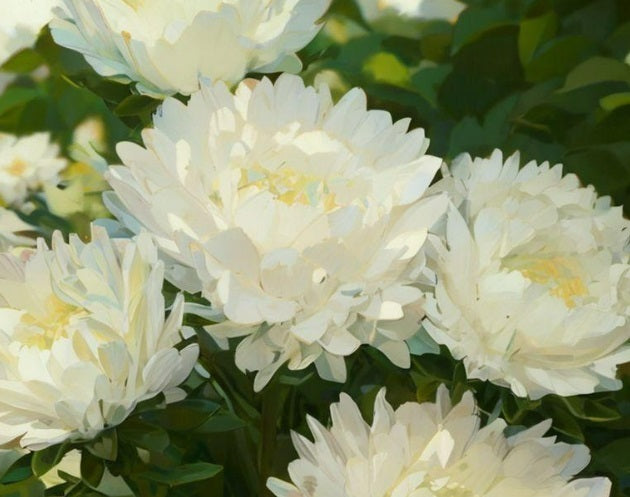
All Flower Seeds
Thoughtfully curated flowers, plants and bushes that beautifully complement your bamboo garden...
-
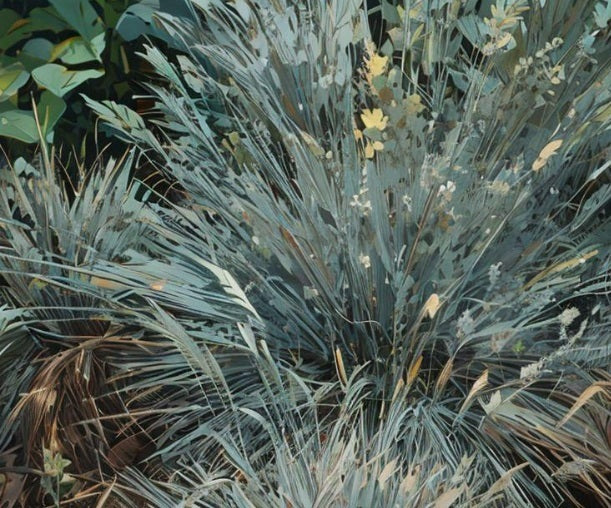
All Ornamental Grass Seeds
Grass has finally come into its own as a garden landscape centerpiece....
-
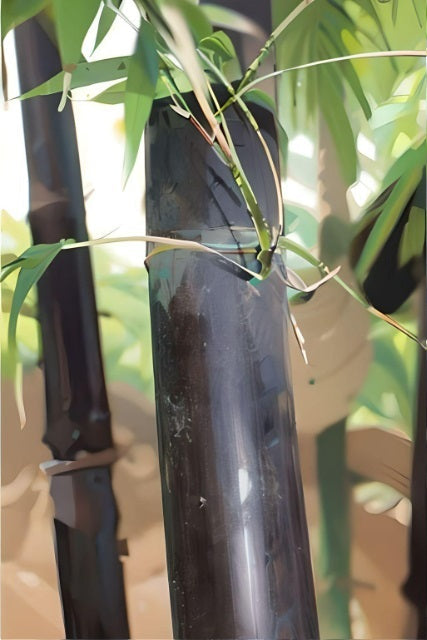
Black Bamboo Seeds
Consider Black Bamboo seeds for eye-catching bamboo varieties with lustrous black, dark...
-
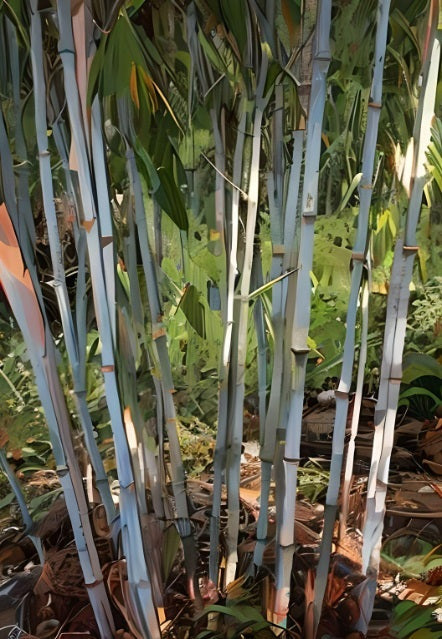
Clumping Bamboo Seeds
Clumping bamboo species grow in dense clumps or clusters that are more...
-
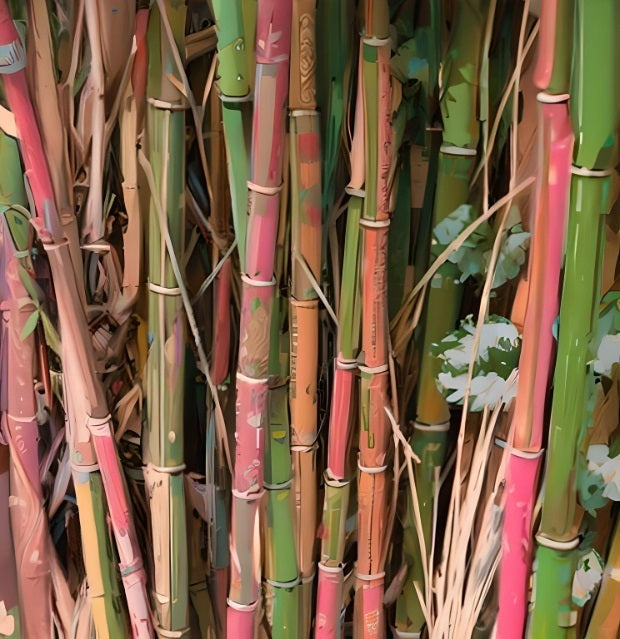
Cold Hardy Bamboo Seeds
A selection of cold resistant bamboo seeds for hardy bamboo able to...
-
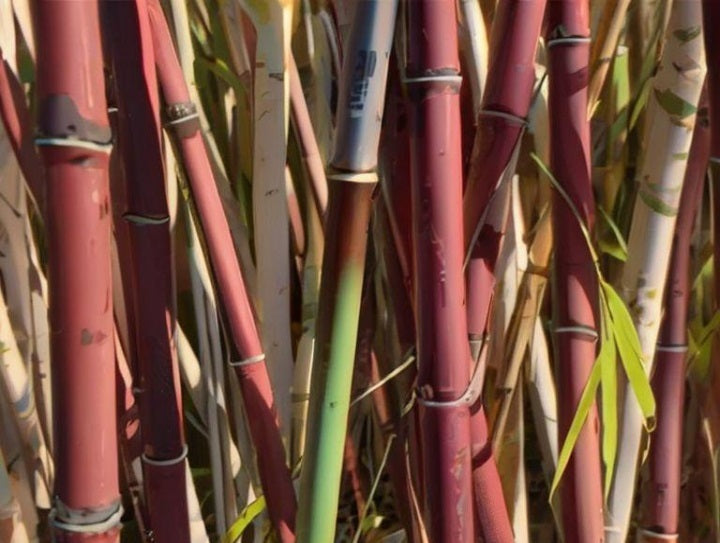
Fargesia Bamboo Seeds - Clumping and Cold Hardy
Buy bamboo seeds for beautiful, cold hardy, clumping Fargesia bamboo. Our Fargesia...
-
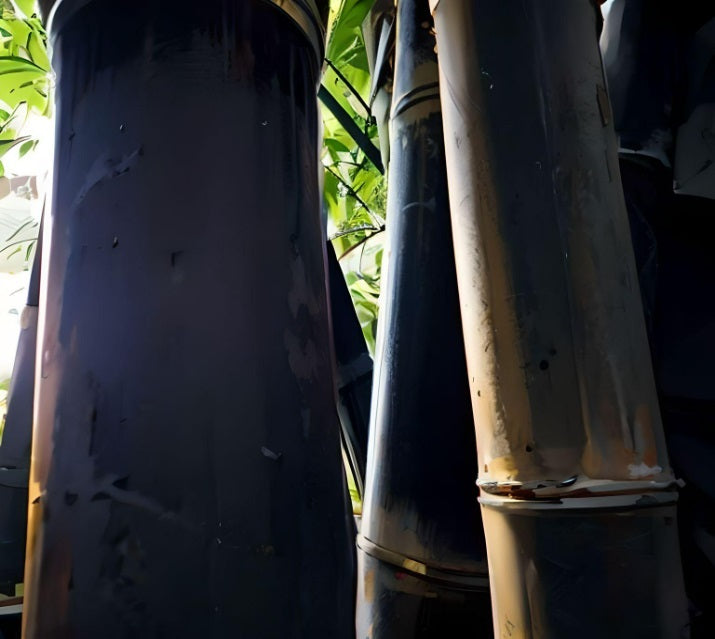
Giant Bamboo Seeds
When you're looking for impressive size with ample shade below, consider fastest...
-

Running Bamboo Seeds
Running bamboo spreads through underground runners, known as rhizomes. These rhizomes can...
-

Tropical Bamboo Seeds
Our curated selection of tropical bamboo seeds suitable for planting in warmer...











